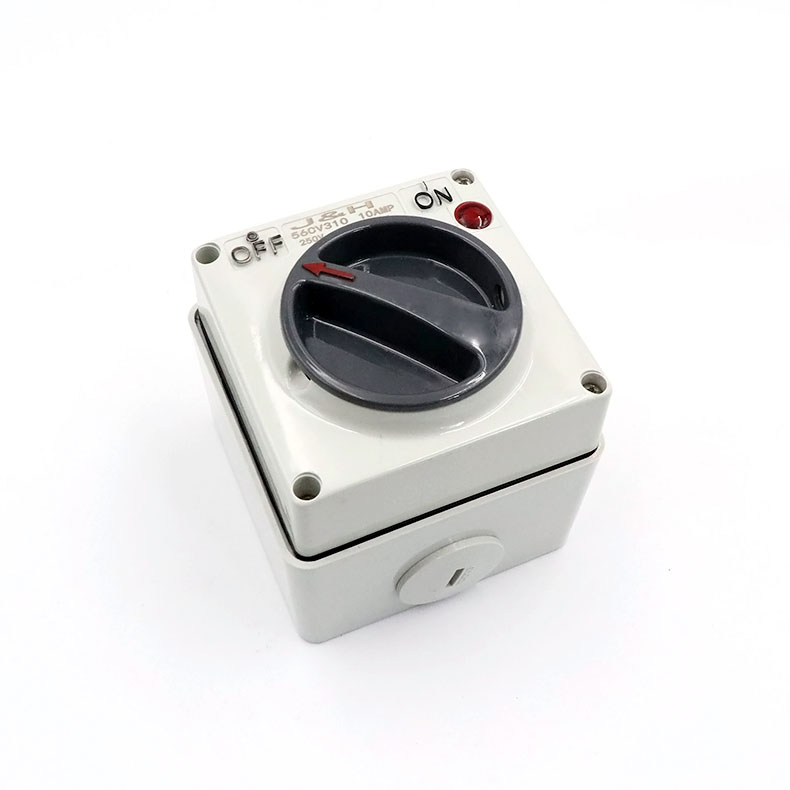An outdoor power distribution box can be used for both residential and commercial applications, but it's important to choose the right type of distribution box that meets the specific needs and regulations of each setting. Outdoor power distribution boxes are designed to provide electrical outlets and connections in outdoor environments, such as construction sites, events, outdoor installations, and more. Here are some considerations for using outdoor power distribution boxes in both residential and commercial settings:
Residential Applications:
Outdoor power distribution boxes can be used in residential settings for various purposes, such as:
Providing power to outdoor parties, events, or gatherings.
Supplying electricity to tools and equipment used for gardening and landscaping.
Temporarily distributing power during home renovations or construction projects.
Choose a distribution box that meets the power requirements of the intended applications and provides the necessary number of outlets.
Commercial Applications:
In commercial settings, outdoor power distribution boxes are commonly used for:
Providing power to construction sites, job sites, and outdoor work areas.
Supplying electricity to outdoor events, festivals, trade shows, and exhibitions.
Temporary power distribution during maintenance, repairs, or installations.
Commercial applications may require higher power capacities and additional safety features to meet the demands of multiple users and heavy-duty equipment.
Considerations for Both Residential and Commercial Use:
Safety: Choose distribution boxes with built-in circuit protection, such as circuit breakers or GFCI (Ground Fault Circuit Interrupter) outlets, to ensure safety for users.
Weather Resistance: Outdoor distribution boxes should be designed to withstand outdoor conditions, including rain, UV exposure, and temperature fluctuations.
Power Capacity: Select a distribution box with sufficient power capacity to meet the electrical needs of the devices and equipment that will be connected.
Outlet Configuration: Consider the types and number of outlets required for your specific applications. Some distribution boxes may offer a mix of standard outlets and specialized outlets (e.g., twist-lock) for different devices.
Cord Length and Type: Ensure that the distribution box comes with a suitable power cord length and type (e.g., SJTW) that can reach the intended power source.
When selecting an outdoor power distribution box, make sure to review the product specifications, safety features, and ratings to ensure it's suitable for the intended residential or commercial applications. Additionally, adhere to local electrical codes and regulations when installing and using outdoor power distribution boxes to ensure compliance and safety.
 Abroad:[email protected]
Domestic:[email protected]
Abroad:[email protected]
Domestic:[email protected]
 Abroad: +86-18157471290
Domestic: +86-18157471293
Abroad: +86-18157471290
Domestic: +86-18157471293
- Home
- Products
- Industrial connectors
- Waterproof housings
- Power distribution box sets
- ABS electrical accessories
- Cables
- Moulds
- Power Distribution Board/Box
- Extension Lead with Plug
- AS/NZS Waterproof Electrical Products
- C Series IEC/CEE Waterproof Electrical Products
- B Series IEC/CEE Waterproof Electrical Products
- Waterproof Window Cover
- Waterproof Plastic/Metal/Aluminum Box
- House Use Electrical Items
- About Us
- FAQ
- News
- Contact Us

